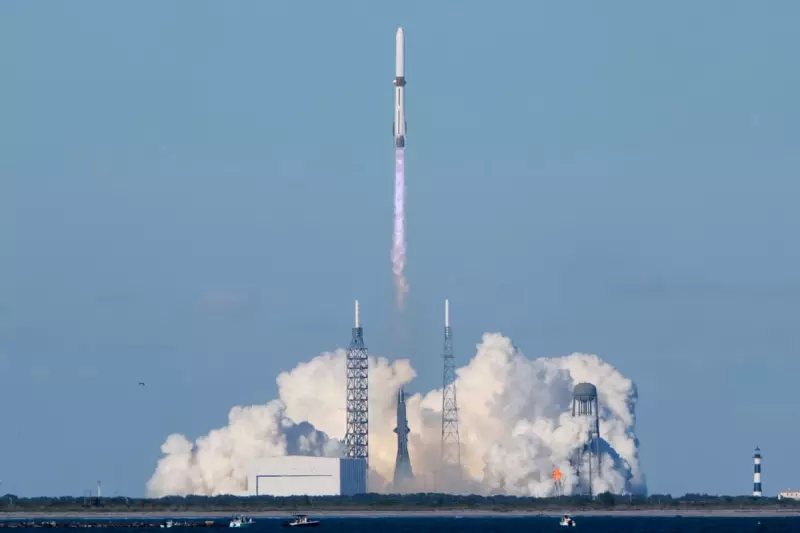
In a significant advancement for commercial space exploration, Jeff Bezos' aerospace company Blue Origin has been selected by NASA to launch a crucial Mars mission aboard its New Glenn rocket. The landmark contract marks a major milestone for both the private space industry and planetary science.
NASA's Mars Mission Partnership
The American space agency NASA has officially chosen Blue Origin as the launch provider for its ESCAPADE mission to Mars, scheduled for no earlier than August 2024. This decision represents a substantial vote of confidence in Blue Origin's capabilities and its New Glenn launch vehicle, which has been in development for several years.
The total contract value amounts to approximately $20 million, covering launch services and related mission costs. This partnership demonstrates NASA's increasing reliance on commercial providers for critical scientific missions, following the successful model established with SpaceX for International Space Station resupply missions.
ESCAPADE, which stands for Escape and Plasma Acceleration and Dynamics Explorers, will deploy twin spacecraft to study how solar wind interacts with the Martian atmosphere. This research is crucial for understanding atmospheric loss on Mars and could provide insights into planetary evolution throughout our solar system.
New Glenn's Debut Mars Mission
Blue Origin's New Glenn rocket, named after NASA astronaut John Glenn, represents the company's ambitious entry into the heavy-lift launch market. The reusable rocket stands over 320 feet tall and features a first stage designed for multiple missions, reflecting Blue Origin's commitment to reducing space access costs.
The Mars mission will launch from Space Launch Complex 36 at Cape Canaveral Space Force Station in Florida, a historic site that previously hosted Atlas launches during the early space age. This location has been extensively renovated and modernised by Blue Origin to accommodate New Glenn's advanced requirements.
This contract award comes at a pivotal moment for Blue Origin, which has faced scrutiny over development timelines for New Glenn. Securing a high-profile NASA Mars mission provides significant validation of the company's technical capabilities and progress toward operational readiness.
Scientific Objectives and Mission Timeline
The ESCAPADE mission itself represents an innovative approach to planetary science. Rather than deploying a single, large spacecraft, NASA will send two identical, smaller satellites that will work in tandem to study Mars' magnetosphere and atmospheric processes.
Mission scientists aim to understand how solar wind strips away the Martian atmosphere, a process that may have transformed Mars from a warm, wet planet potentially capable of supporting life to the cold, dry world we observe today. This research builds upon discoveries made by NASA's MAVEN orbiter but with significantly enhanced capabilities.
The planned August 2024 launch date aligns with favourable planetary alignment opportunities when Earth and Mars are optimally positioned for interplanetary travel. Such launch windows occur approximately every 26 months, making timing critical for mission success.
Rob Lillis, associate vice-president for space sciences at the University of California, Berkeley, which is providing one of the mission's key instruments, emphasised the mission's importance. "ESCAPADE will study how solar wind drives atmospheric escape at Mars," he explained, highlighting how this data could inform our understanding of planetary habitability throughout the galaxy.
This NASA contract represents Blue Origin's most significant government mission win to date, positioning the company as a serious competitor in the deep space launch market. The success of this mission could pave the way for additional government and commercial contracts, potentially including future lunar missions and additional interplanetary expeditions.
As the commercial space industry continues to mature, partnerships like the Blue Origin-NASA collaboration for ESCAPADE demonstrate how private innovation and government scientific objectives can combine to advance space exploration more efficiently and cost-effectively than ever before.





